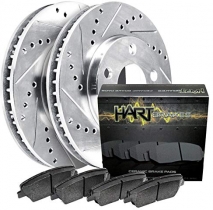-
Welcome to 4Runners.com!
You are currently viewing as a guest! To get full-access, you need to register for a FREE account.
As a registered member, you’ll be able to:- Participate in all 4Runner discussion topics
- Transfer over your build thread from a different forum to this one
- Communicate privately with other 4Runner owners from around the world
- Post your own photos in our Members Gallery
- Access all special features of the site
Newbie 2nd gen owner - need advice
Discussion in '2nd Gen 4Runners (1990-1995)' started by 14er4runner, Jul 11, 2019.

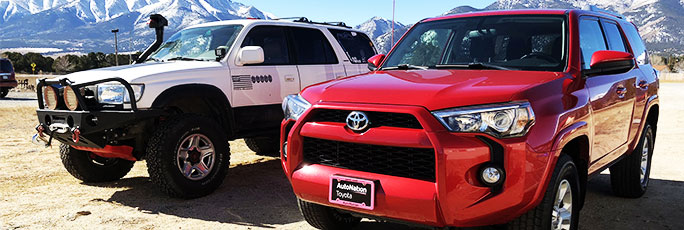
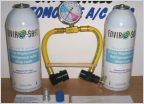 How to recharge and/or refill the AC system?
How to recharge and/or refill the AC system?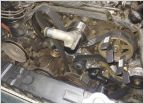 Camshaft Seal replacement
Camshaft Seal replacement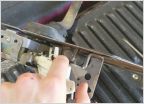 Sloppy shifter
Sloppy shifter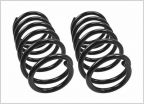 Speedo Correction
Speedo Correction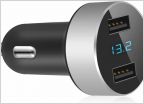 Trouble starting up after driving for a while then turning off the vehicle
Trouble starting up after driving for a while then turning off the vehicle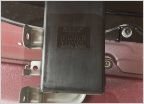 Rear window relay fixed
Rear window relay fixed


















